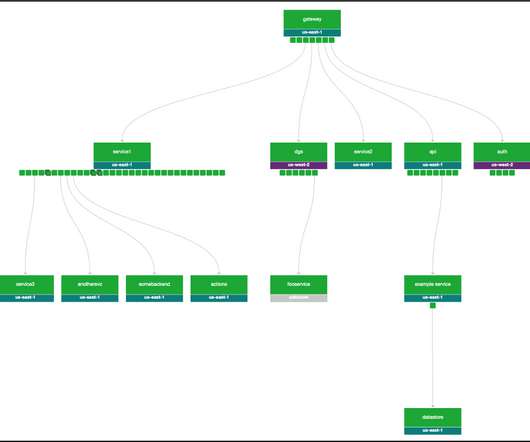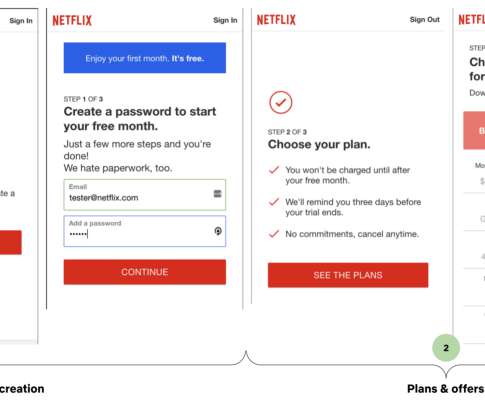Snap: a microkernel approach to host networking
The Morning Paper
NOVEMBER 10, 2019
You need a lot of software engineers and the willingness to rewrite a lot of software to entertain that idea. Here are the bombshell paragraphs: Our datacenter applications seek ever more CPU-efficient and lower-latency communication, which Pony Express delivers. The desire for CPU efficiency and lower latencies is easy to understand.












Let's personalize your content